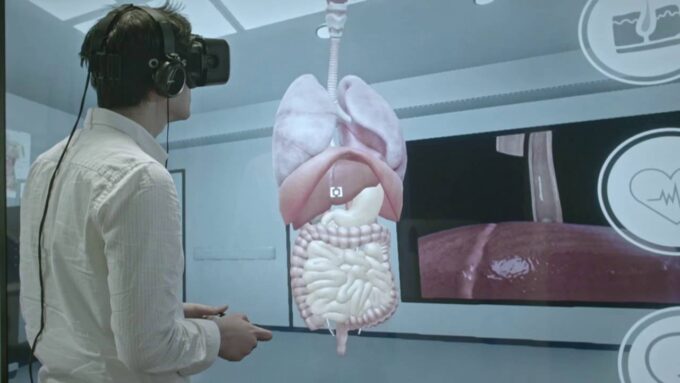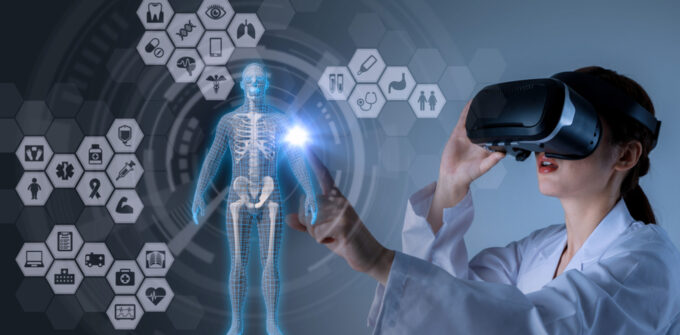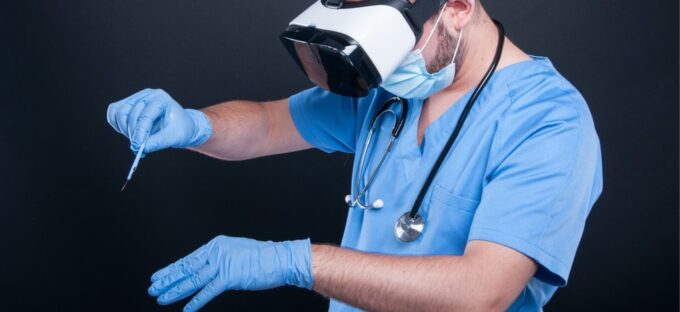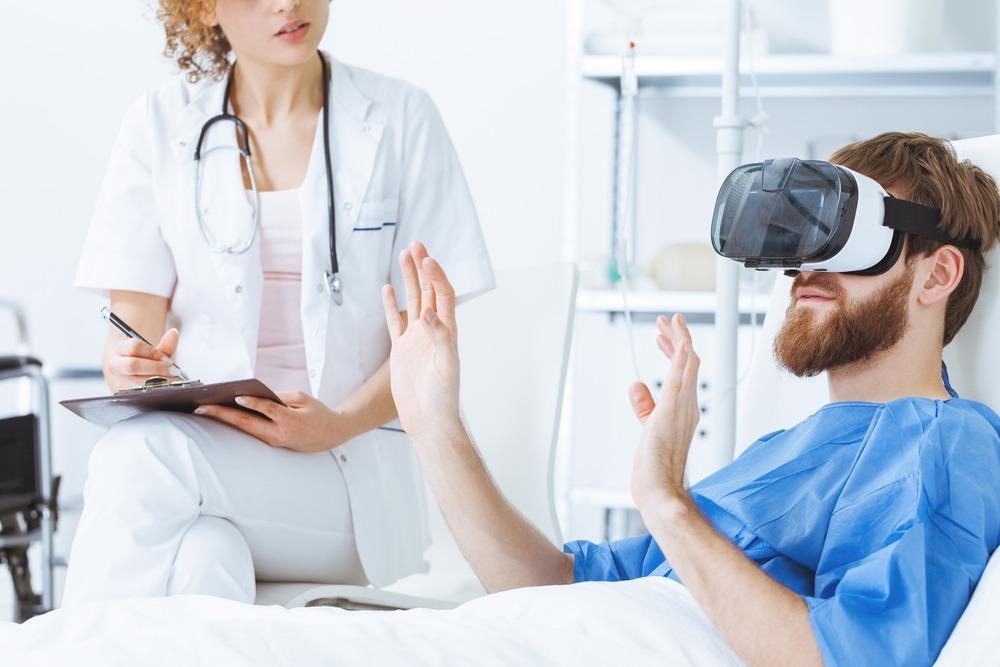When it comes to virtual reality, is a term that is mainly used in the world of computer science and gaming. However, due to events that happened in recent years, virtual reality has found its rightful place in the healthcare system.
Virtual reality in healthcare is not something that a lot of people expect to hear. Nonetheless, the usefulness of VR in healthcare is undisputed. With it, there are so many new options and advancements that have previously been impossible or only existed as part of our imagination.
The benefits of VR in healthcare reach both doctors as well as patients providing much-needed help. For example, new doctors are now able to practice high-risk, dangerous, and difficult operations in virtual reality with no risk at all.
Additionally, patients also greatly benefited from virtual reality. For example, patients that are in the process of rehabilitation or if they have to spend longer periods of time at the hospital have a much easier time with the help of simulations.
Yes, you read that right, specific simulations have been developed for certain situations. For example, simulations were developed for people with mental illnesses. They were proven to be quite effective. That being said, if you are interested in this topic, we will go over the importance of VR in healthcare, so without wasting any more time let’s begin.
Human Anatomy VR Training
With every new generation come different trends. This is also true when it comes to newer generations of doctors. Unlike the older ways of teaching medicine, virtual reality has provided so many opportunities for up-and-coming young doctors to train in a risk-free environment.

VR anatomy training has substituted the old-fashioned ways of passively watching the operation from a viewing room. Apart from training new doctors, these simulations can prove as a great practice tool for doctors that already have years of experience in their field.
Statistically, this method of training has shown amazing results when compared to previous methods of training. The most noticeable improvement was detected in the performance as well as the confidence of doctors during the procedure. This can be seen in the overall accuracy and faster completion times.
Additionally, with the implementation of virtual reality online streams, students can comfortably attend procedures and surgeries from their homes. This way, students can clearly see everything without any worries that they will miss important parts.
Before this, when the procedures were observed from the viewing rooms, there was a chance not everyone could have seen the procedure fully. That being said, even though it is still not completely implemented into the healthcare system, virtual reality has shown promising results over the past few years.
Virtual Reality in Healthcare for Patients
When there is a need for a patient to spend a lot of time in a hospital bed, anxiety and stress are the two biggest problems they have to deal with. With constant tests and treatments, being stressed is simply unavoidable. It is proven that stress can slow down the recovery of patients and in some cases even make the condition worse.

For example, when a patient has scheduled surgery, with nothing else to do, they are constantly reminded which can only increase their stress levels. However, with the help of virtual reality, this can be mitigated to a certain extent. With the help of virtual reality simulations, the patients that have participated in the study have shown lower stress levels. Furthermore, they stated that their experience during their stay in the hospital was much better and more enjoyable.
Another surprising result was that a large number of patients said that they experienced less pain due to the simulations. There were also cases of virtual reality used during labor where several women also experienced less pain. The possibilities of virtual reality in healthcare are certainly great. We can only hope that the implementation of VR in healthcare will be acknowledged worldwide in the near future.
Developing of Simulations
Virtual reality has proven useful to scientists around the world. With its help, there have been numerous projects that started developing in recent years. One of the most noticeable and successful projects is the human body map. This project has achieved something that was never done before.
They created a human body map that can showcase every detail of the body down to the cellular level. Considering that the human body consists of trillions of cells, makes this achievement is phenomenal.

With human anatomy still being quite a big mystery, these projects help us start understanding it better. It allows doctors to compare healthy cells to diseased ones. This way, the doctors can finally figure out what exactly happens with the cells that are being affected by a disease on a more understanding level. Until now, doctors knew how cells operated.
However, as weird as it may seem, figuring out why was not as easy. We know that genes are responsible for giving instructions to the body. Now, we know that cells, which make up our body, use these instructions to operate everything. This covers the question of how that we mentioned, but the why part is not yet clear.
Conclusion
All in all, the implementation of VR in healthcare has proven to be a success. The usefulness of VR for both doctors and patients alike is not something to be overlooked easily. One of the main problems that have stopped VR from advancing further in the healthcare system was the overall price.
The hospitals could not afford VR technology for a long time. That being said, today, VR technology became much more affordable than before which allowed VR to spread worldwide. However, even with the proven results, some practices still refuse to implement VR and prefer the more traditional methods which have been around for decades.

Nonetheless, we will probably see a rise in VR healthcare companies as the polarity grows around the world. No matter what, we can only wait and see how everything progresses in the near future.








